ATMEGA8 Development Board
The ATmega8 Development board, also known as the AVR microcontroller, is a popular choice for electronic projects.
The 28 PIN ATmega8 development board offered at a reasonable price is perfect for those looking to begin working with AVR microcontrollers without breaking the bank. Additionally, it can serve as a tidy and dependable foundation for various compact projects, as traditional breadboards and proto PCBs often become cluttered and unreliable over time.
Some characteristics of ATmega8 Development board:
- The output is regulated at -5v.
- Suitable for use with 28 pin chips such as ATmega8, ATmega48, ATmega168, and ATmega328.
- A 16 MHz crystal is ideal for achieving the highest speed.
- Implementing an LC Filter on AVcc can greatly improve the overall performance of the ADC.
- All power pins must have decoupling capacitors.
- The Standard ISP Header can be reprogrammed using our USB AVR Programmer v2.0.
- Input voltage: 9-18V DC.
- Press the reset button.
- LED indicating power status.
- This FR4 PCB contains both a solder mask and silk screen components.
- The tinning process has been completed on all PCB pads.
- 8 kilobytes of flash memory that can be programmed in-system
- The EEPROM has a capacity of 512 Bytes and an endurance of 100,000 write/erase cycles.
- The In-System Programming feature allows for programming through the on-chip boot program, while the Optional Boot Code Section includes independent lock bits.
- 1 kilobyte of SRAM
- The analog comparator is a type of circuit that compares two voltages and outputs a logical signal indicating which one is larger.
- The watchdog is responsible for keeping an eye on things.
- The substance of interest is being monitored, as per the regulations of SPI.
- There are a couple of 8-bit Timer/Counters in this device that have their own Prescaler. Additionally, one of them has a Compare Mode.
- The device includes a 16-bit Timer/Counter that features its own Prescaler, Compare Mode, and Capture Mode.
- A real-time counter equipped with an independent oscillator.
- There are a total of three PWM channels available.
- The 6-channel ADC consists of four channels with 10-bit accuracy and two channels with 8-bit accuracy.
- The Two-wire Serial Interface is byte-oriented.
- Introducing our versatile Programmable Serial USART, designed to enhance your programming experience.
- The SPI Serial Interface, also known as the Master/Slave interface, is used for communication between two devices.
- RC Oscillator with Internal Calibration
- Sources of interruption both external and internal
- The five available sleep modes are: Idle, ADC Noise Reduction, Power-save, Power-down, and Standby.
- Configurable Input/Output Channels
- Operating within the voltage range of 4.5 to 5.5 volts.


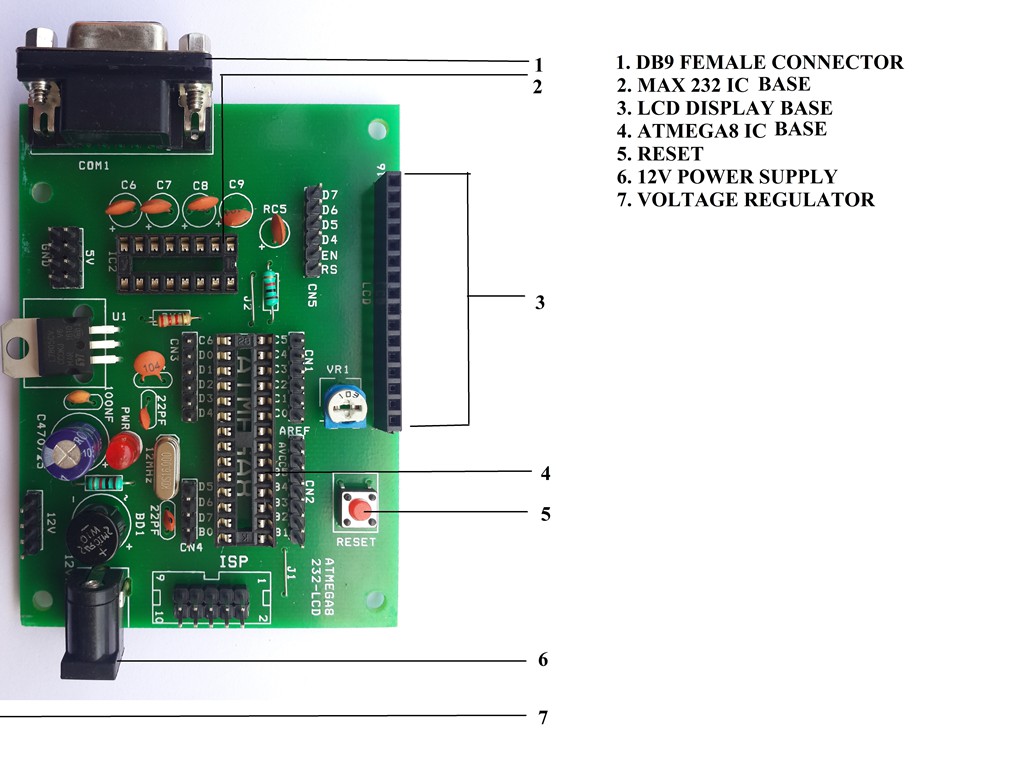
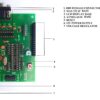
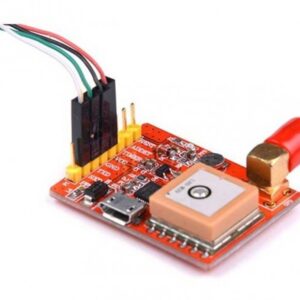
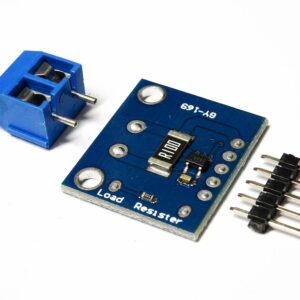

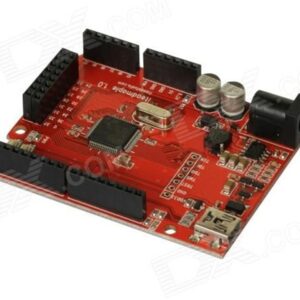
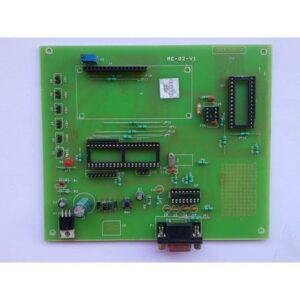
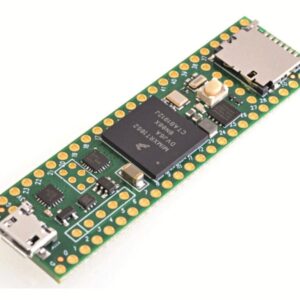


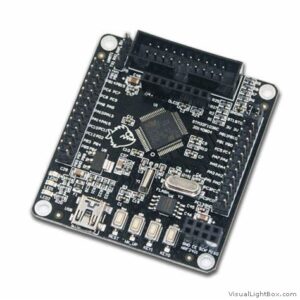
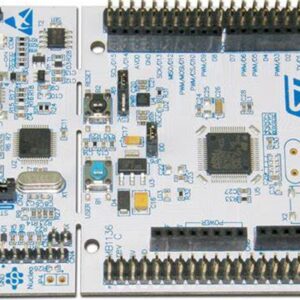



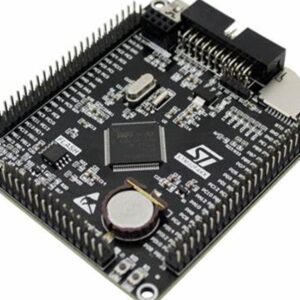
There are no reviews yet.